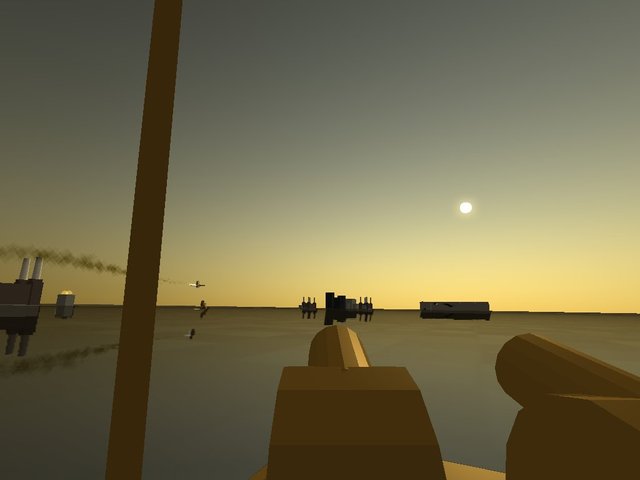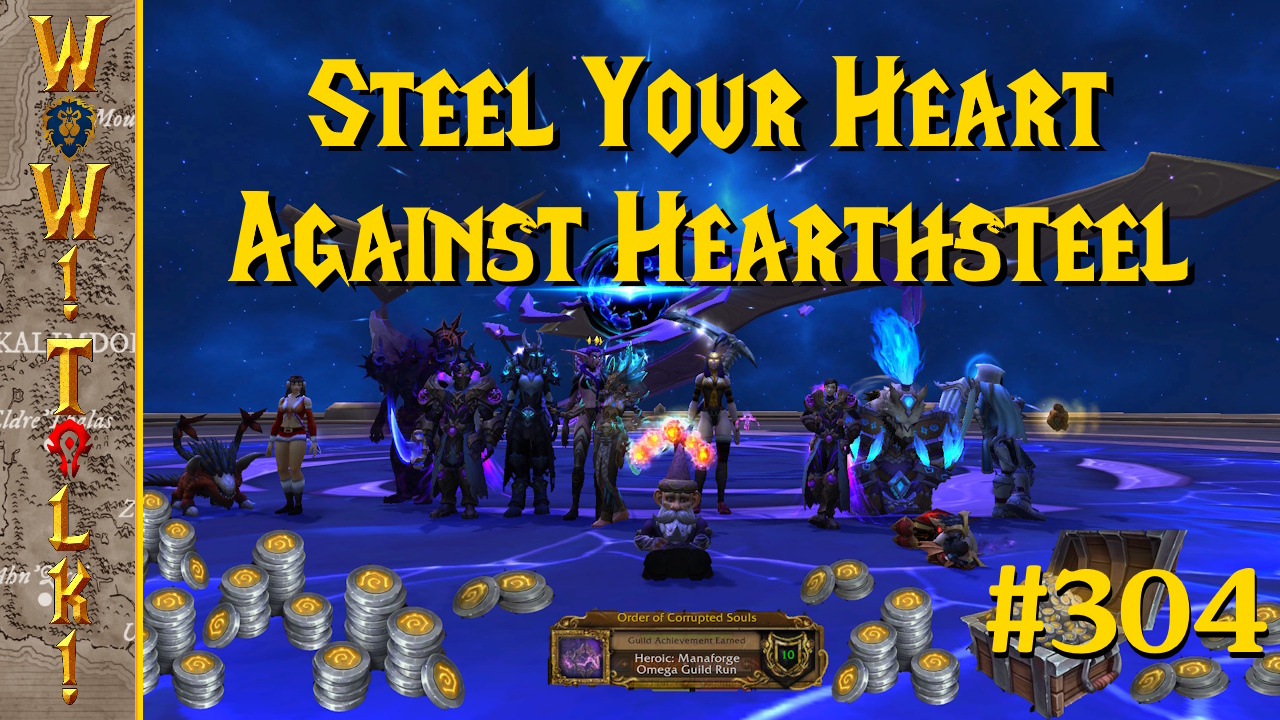You may have seen Alex Austin’s work on A New Zero some time over the past few weeks. I know that some people are having trouble grasping what’s so great and important about the video, but you need to know that it may be one of the most important projects being worked on right now. I doubt many developers would admit to that fact, but it really is.
When people talk about ‘realism’ in games, they’re almost always referring to graphics. The biggest push since video games were created was toward making them more realistic visually. The closer the in-game characters look to real human beings, the more real they are. Narrative has worked its way into the equation as well as movement, but what about character and environmental interaction? Yes, you can blow holes in some of the buildings in many games today. Yes, you can shoot someone and have them take location-specific damage. It’s all pre-programmed, though. One animation brings about another animation.
I forget who said it, but it’s been said that watching characters kiss in a video game is like watching two mailboxes make out. It’s absolutely true. Things in games don’t interact in a realistic way. They’re programmed to trick the eye into looking like they are, but they really aren’t. For all of the motion capture and studying done on the things being animated, at best we’ve only been given the illusion that they’re affecting each other. When X happens, change Y’s animation to Z.
Alex Austin is looking to add a crucial element to his games: physics. Not the kind where you shoot a guy in the head and his arms flop around, but real world forces acting on each other in a realistic way. His work is looking to change movement and character interaction in ways that few have tried to before. Instead of jumping right on the spot, you have to bend your knees and lift off. Instead of being able to whip around and shoot an enemy who’s right behind you, you’ll have to turn your body over and bend your neck. It will add realism to areas that have been overlooked for a long time.
We can still push realism with graphics, but I really don’t think that’s the place that needs the most work right now. For people who are striving to see games that simulate the real world in fantastic situations, this is where the research is needed. It means that your feet will propel you forward based on realistic movement, so you won’t have to feel like you’re sliding along a giant skating rink with no resistance. When you fire a gun you’ll have it kick back in a realistic way instead of bouncing whatever amount the developer thought looked right. It’s about simulating the real world rather than trying to mimic it.
Alex Austin has made the most progress with his engine in A New Zero, creating a game where bullets have effects based on where they hit, your feet move as if they’re really moving across the terrain, and your gun recoil twitches your arm. It’s all stuff you may have seen in other games, but not like this. With his engine, the game is making calculations based on how these things would affect your body and your enemy’s body, and not just showing certain animations it was pre-programmed to do in that specific situation. The game is literally animating things on the fly rather than doing what it’s told. The results are amazing, but only when you realize the game is doing all of this on its own.
It’s building all of this stuff on the fly as it uses real-world data to simulate how things should actually move and interact with each other. Even now, Alex Austin is looking at the the real power and torque of tank engines and how they apply to the in-game physics. When applied correctly, you’ll have an engine that can calculate how they would move in the real world and put that in your game. No more banging against invisible walls because that’s not where the developer wanted tanks to go, but actual physics at work. It’s really cutting edge stuff, and when it’s complete I really do think games will be changed forever.
Few people could explain this better than Alex Austin himself, though, and Mash Those Buttons interviewed him a few days ago to ask him about some of the details of his work.
JC – Just how long have you been plugging away at A New Zero?
AA – I’ve been working on A New Zero since 2008.
JC – What prompted the idea of a physics-based shooter?
AA – I’ve wanted to do a physics-based shooter since the days of Quake 1, even then I wasn’t satisfied with the player movement. I didn’t have the knowledge or the CPU speed to do it back then, so I started working on vehicle simulations. For A New Zero I considered a lot of options for a first-person mode, even making the players cylinders with gun turrets (since that’s what they actually are in most games). I decided cylinders wouldn’t be very relatable though, so I tried to figure out how I could do human-like characters in a procedurally generated game.
I started out with a cylinder, and just for the hell of it threw on top of that a physically-based human prototype for the upper body. As soon as I tried it I realized it was actually close to realizing the dream I’d had for years, even though it was floppy and difficult to aim. It finally felt like I was moving around a person, instead of a camera that can instantly look in any direction. I wasn’t sure how other people would react to it, so I tested it out with some other Bay Area indies at one of our meetups, and luckily no one got sick or hated it.
At this point the leg movement was still very simplified, I was planning on improving it some, but not attempting to physically model walking/running (I had tried to do that quite a few times in the past). I made a 2D prototype where the feet positions moved the player around, and it seemed to work so I started adding it to A New Zero. I had the legs mimic the positions of the feet basically as animations. Once again, for the hell of it I tried out using the legs to propel the player forward, and it actually kind of worked. It was another situation where I had to go for it, even though I knew it would take months of work to make it playable.
The reason I have to go for it is it opens up so many possibilities, diving out of windows, gun aiming/recoil feels right, prone position is actually laying on the ground, being able to actually drag or carry teammates, interaction with vehicles makes sense.
JC – What are some of the challenges you’ve dealt with while making such an engine?
AA – It’s kind of cliche, but it’s almost easier to say what isn’t a challenge. Lately I’ve been working on generating terrain, tank physics, human movement, terrain rendering, structural physics. Generating terrain involves figuring out how to create mountains, hills, rivers and roads and make them all fit together. For the tank physics I’m trying to find the mass of a tank wheel and axle compared to the rest of the tank, and how to model steering. Human movement is mainly focused on calculating the positions of the feet at this point. For terrain rendering I’m working on large modifiable landscapes, 8192×8192 km, with a resolution of half a meter. I want to be able to have multiple cities on a map, while still being able to dig trenches. I have structural physics working, so buildings will collapse when you destroy supports, but it’s not quite right yet. I pretty much have it figured out, just have to implement it.
JC – Can you break down a bit about how it works in a way that won’t make the average person’s head explode?
AA – There’s two parts, making a physics engine capable of simulating a human body, and making an artificial intelligence to tell it how to move. The physics engine is something I’ve been working on for years, developing new systems for different games or prototypes. Each body part is connected to other body parts, basically simplified bone and muscles. It’s similar to a ragdoll but with muscles so it doesn’t flop around. The artificial intelligence is like teaching someone to walk, so if it’s going up stairs, it needs to raise the front foot up higher, stuff like that.
JC – Do you feel like this is going to be a significant moment for shooters and possibly games as a whole?
AA – If I can get it right I think so, because of the amount of possibilities it opens up. For me games are all about player freedom, and this movement system will allow the player to do things they couldn’t before, hopefully things I haven’t thought of yet. There will be a tradeoff, you won’t be able to turn around and instantly snipe a guy 500 meters away, but I think the good will outweigh the bad.
I remember when I was working on Gish people would complain that they couldn’t jump, since the jump was physically modeled it relied on compression of the body. So instead of being like Super Mario Bros, where pressing the button immediately caused you to jump, you would have to learn when and how to jump. In the end I think it was worth it, it created new gameplay opportunities, and enough people “got it”.
JC – Tell us about some of the other games you’ve created. I’m particularly interested in your multiplayer heist shooter, Sub Rosa.
AA – I’ve been making games since 2000, starting out with Bridge Builder, Pontifex I/II, and Gish. Lately I’ve been working on a bunch of games/prototypes, including Hockey?, a first-person hockey game, and an album of 2D games. Sub Rosa started out as a game for the 7 Day FPS game jam, I was getting tired of working on the walking physics so I decided to make an FPS with standard movement and focus on design. The idea for the game came from watching a video of a Shack Tactical (a group of Arma 2 players) mission called Dark Business. In it 3 teams have different objectives, one team has hostages, another has an ammo truck to trade for hostages, and the third starts with nothing. I really liked the idea that teams had to try and work out a deal, instead of the only objective being kill the other team. It evolved from there, I added the vehicle physics I’d been working on for A New Zero, set it in a city environment with parking garages as trading areas. My favorite part about the game is that you can succeed without firing a shot, but most of the time it ends Reservoir Dogs style.
JC – You seem to play around with controls/design/visuals/engines in the games you’ve created. What is it that draws you into expanding on an idea and turning it into a game? What sort of ideas interest you the most about game design and coding?
AA – I have too many ideas for games, I hardly play games because I usually want to improve them or make something similar. It’s frustrating sometimes when you have a vision in your head but don’t have the resources or ability to create them. The visuals are usually a result of limitations. The coding part for me is mainly a means to an end, I do find it interesting but I’m mainly doing it so I can make the games I want to make.
JC – What have you played that was particularly inspirational to your design philosophy, for good or bad?
AA – I’m inspired by games like Civilization, Falcon 3/4, Secret Weapons of the Luftwaffe, Red Baron, Mechwarrior 2, X-COM, Hidden and Dangerous, Battlefield 1942 and Arma 2. A New Zero is an attempt to take the complex but accessible sims from the 90’s and combine them with more powerful CPUs and multiplayer.
JC – How much of your time do you have to put into many of these projects?
AA – I work on games full-time, I still get royalties from older games and I live cheap, but I do need to start making some more money soon.
JC – What keeps you motivated on tasks this large?
AA – Motivation can be the hardest part sometimes, making a game can be overwhelming, I guess the vision of what the game can be is what keeps me going most of the time. I have seriously considered giving up and trying to get a job at Valve a few times this year though.
As games get bigger and bigger and people demand more realism from them, I believe that a physics-based system will be the answer. With its ability to account for interactions that haven’t been specifically programmed and animated, it could really breathe new life into shooters and other games. I’m excited to see where this will go over the next few years, and I will keep following this project closely. I really do think this is the next big step in providing realism in video games.
We here at Mash Those Buttons wish Alex Austin continued success on this project and can’t wait to see more of it in the future. You can keep up with his work at his website or his developer’s blog, crypticsea.blogspot.com.
Images courtesy of theverge.com, db,tigsource.com










